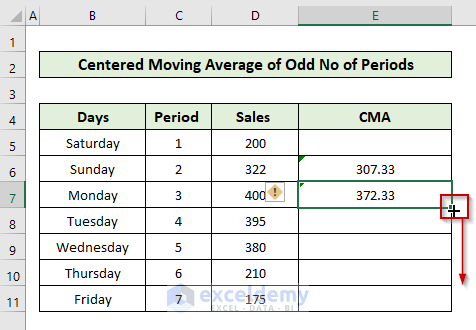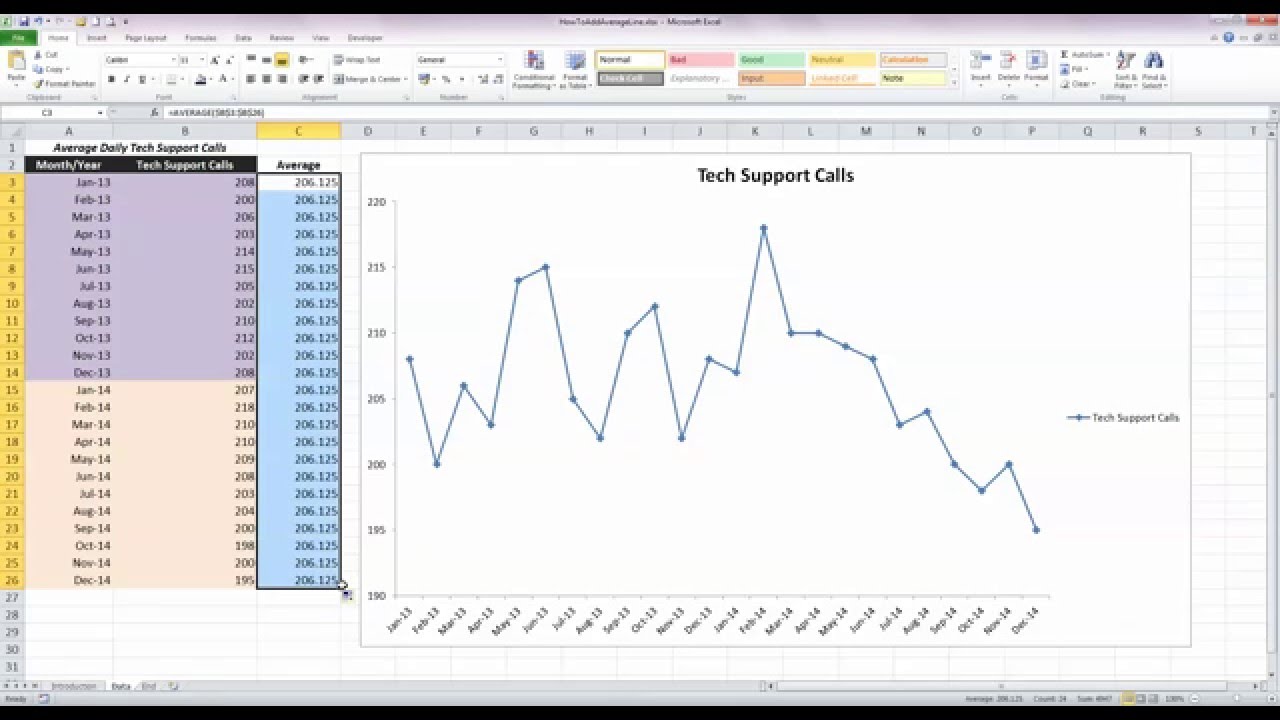5 Ways to Average Data Across Excel Sheets

In the dynamic landscape of data analysis, Microsoft Excel remains a pivotal tool for professionals across industries, offering robust features for handling, analyzing, and reporting data. One of the common tasks analysts face is averaging data across multiple sheets or workbooks. This process can be daunting due to the complexity of linking different spreadsheets, but with the right techniques, it becomes manageable and efficient. Here are five methods to effectively average data from various Excel sheets, each tailored to different scenarios and complexity levels.
Method 1: Using the Consolidate Feature


Excel's Consolidate feature allows you to summarize data from different ranges on multiple sheets into one location. Here's how you can use it:
- Navigate to the sheet where you want the summary data to appear.
- Under the Data tab, click on Consolidate.
- Select Function as Average.
- In the Reference field, add the ranges from the sheets you want to average by navigating to each sheet and selecting the data.
- Hit Add after each range selection and then OK.
⚠️ Note: Ensure that the data on each sheet is in the same format for accurate consolidation.
Method 2: External Reference Formulas

This method involves creating formulas that reference data from other workbooks or sheets. Here’s a step-by-step guide:
- Open the workbook or sheets containing the data you want to average.
- In the cell where you want the average to appear, start with an equal sign (=).
- Select the first cell or range from another sheet using the format ’[SheetName]Range’.
- Use the AVERAGE function, combining references from different sheets with the ‘&’ operator or direct cell references.
Example: If you’re averaging cells A1 from Sheet1, Sheet2, and Sheet3, your formula would be:
=AVERAGE([Sheet1]A1, [Sheet2]A1, [Sheet3]A1)
📝 Note: If the sheets are in different workbooks, include the workbook name in the formula like '[WorkbookName]SheetName'!Range'.
Method 3: Power Query


For more advanced users, Power Query in Excel 365 offers a powerful way to merge data from multiple sheets:
- Open Excel with Power Query (Get Data).
- Add each sheet as a separate query.
- Append the queries to merge the data into one table.
- Use the Table.Column and List.Average functions to calculate the average.
💡 Note: Power Query requires some learning curve but offers dynamic data transformation capabilities beyond simple averaging.
Method 4: Using Tables and Structured References

Converting ranges into tables can significantly simplify the process of averaging data from multiple sheets:
- Convert your data ranges to Excel tables.
- Use structured references in your formula to average data from different tables across sheets.
- Example Formula:
=AVERAGE(Table1[@Column1], Table2[@Column1], Table3[@Column1])
🌟 Note: This method enhances data management and makes formulas more readable and easier to maintain.
Method 5: VBA Macro for Automation

For repetitive tasks, especially when dealing with many sheets, a VBA macro can automate the process:
- Open the Visual Basic Editor (Alt+F11).
- Create a new module and write a macro to loop through sheets, collect data, and compute averages.
- Your macro might look like:
Sub AverageAcrossSheets()
Dim ws As Worksheet
Dim sum As Double, count As Long, average As Double
For Each ws In ThisWorkbook.Sheets
If ws.Name <> "Summary" Then 'Assuming you don't want to average from the summary sheet
sum = sum + Application.WorksheetFunction.Sum(ws.Range("A1:A1000")) ' Adjust range as needed
count = count + Application.WorksheetFunction.CountA(ws.Range("A1:A1000"))
End If
Next ws
average = sum / count
ThisWorkbook.Sheets("Summary").Range("B1").Value = average
End Sub
🔗 Note: VBA requires knowledge of programming in Excel, but it offers unparalleled automation for complex tasks.
Summary

Each method presented above caters to different needs, from simple averaging tasks using Excel’s built-in features like Consolidate to more complex data management with Power Query or automation with VBA. By mastering these techniques, Excel users can effectively manage and analyze data across multiple sheets, enhancing productivity and reducing the potential for errors in data aggregation. These methods not only save time but also ensure that data analysis is performed with precision and efficiency, allowing for more insightful decision-making in any data-driven environment.
What if my data formats differ across sheets?

+
Ensure that data formats are consistent, or use Power Query to transform data before averaging. Different data types can lead to errors in calculations.
Can I use these methods to average data across different workbooks?

+
Yes, methods like External Reference Formulas and VBA can handle data from multiple workbooks. Ensure all workbooks are open or use proper file paths in your formulas/macros.
Is there a limit to how many sheets or workbooks I can average data from?

+
Excel’s limits depend on RAM and performance. VBA or Power Query can manage large datasets more efficiently than regular formulas, especially across workbooks.



